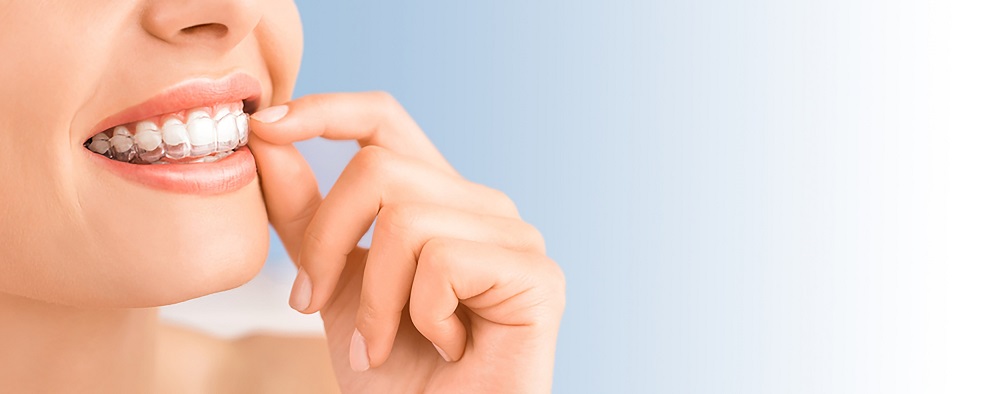Teenagers today face more social, academic, and personal pressures than ever before. When it comes to orthodontic treatment, many are understandably reluctant to wear traditional metal braces that can impact self-image, speech, and daily routines. Invisalign, a system of clear aligners, has become an increasingly popular choice among teens seeking a less noticeable way to straighten their teeth. But is it really a good option?
This article explores the benefits, practicality, and suitability of Invisalign for teenage patients and compares it with other orthodontic alternatives.
1. Aesthetic Advantages
One of the most compelling reasons teens prefer Invisalign is its discreet appearance. The aligners are transparent and fit snugly over the teeth, making them much less noticeable than metal brackets and wires. This can significantly reduce self-consciousness, especially during important life events like school photos, dances, or presentations.
2. Removability and Flexibility
Unlike traditional braces, Invisalign aligners can be removed when eating, drinking, brushing, and flossing. This offers several benefits:
- No dietary restrictions—teens can continue enjoying popcorn, gum, and hard snacks
- Easier oral hygiene—brushing and flossing are done without navigating around hardware
- Greater comfort—no wires or brackets to cause mouth sores
However, this flexibility requires responsibility. Aligners must be worn for 20–22 hours a day to be effective.
3. Customized Treatment and Digital Planning
Invisalign treatment uses advanced 3D imaging technology to map out the movement of each tooth over time. Teens can see a digital simulation of the expected outcome before even starting. This transparency can increase motivation and compliance throughout the treatment.
The digital approach also means fewer emergencies—there are no wires to break or brackets to come loose.
4. Monitoring Growth and Compliance
Invisalign for teens includes features specifically designed for younger patients. These include:
- Eruption tabs to leave space for molars that haven’t come in yet
- Blue compliance indicators that fade with wear, helping orthodontists and parents track usage
- Replacement aligners in case of loss or damage (common in teen wearers)
These additions make the treatment more adaptable to teens’ developing mouths and lifestyles.
5. Shorter and Fewer Appointments
Teens and their parents often have busy schedules. Invisalign usually requires fewer office visits—about every 6 to 8 weeks—since no manual adjustments are needed. In some cases, remote monitoring options are available, further reducing time away from school or activities.
6. Effective for Mild to Moderate Cases
Invisalign is highly effective for treating:
- Crooked or misaligned teeth
- Gaps and crowding
- Overbites, underbites, and crossbites (in many cases)
However, for severe alignment issues or jaw-related problems, traditional braces or other orthodontic treatments might still be necessary. That’s why a professional evaluation is essential before making a decision.
7. Confidence and Emotional Well-Being
For many teens, orthodontic treatment coincides with a sensitive period in self-esteem development. Being able to straighten their teeth without drawing attention can significantly boost their confidence. A more positive self-image during adolescence can lead to better social and emotional outcomes in the long term.
Conclusion
Invisalign offers a practical, discreet, and teen-friendly solution to many common orthodontic problems. With its removable aligners, low visibility, and smart features designed for adolescent use, it has become a solid alternative to traditional braces for many families. While it’s not suitable for every case, it provides a comfortable and confidence-boosting option for those who qualify.

